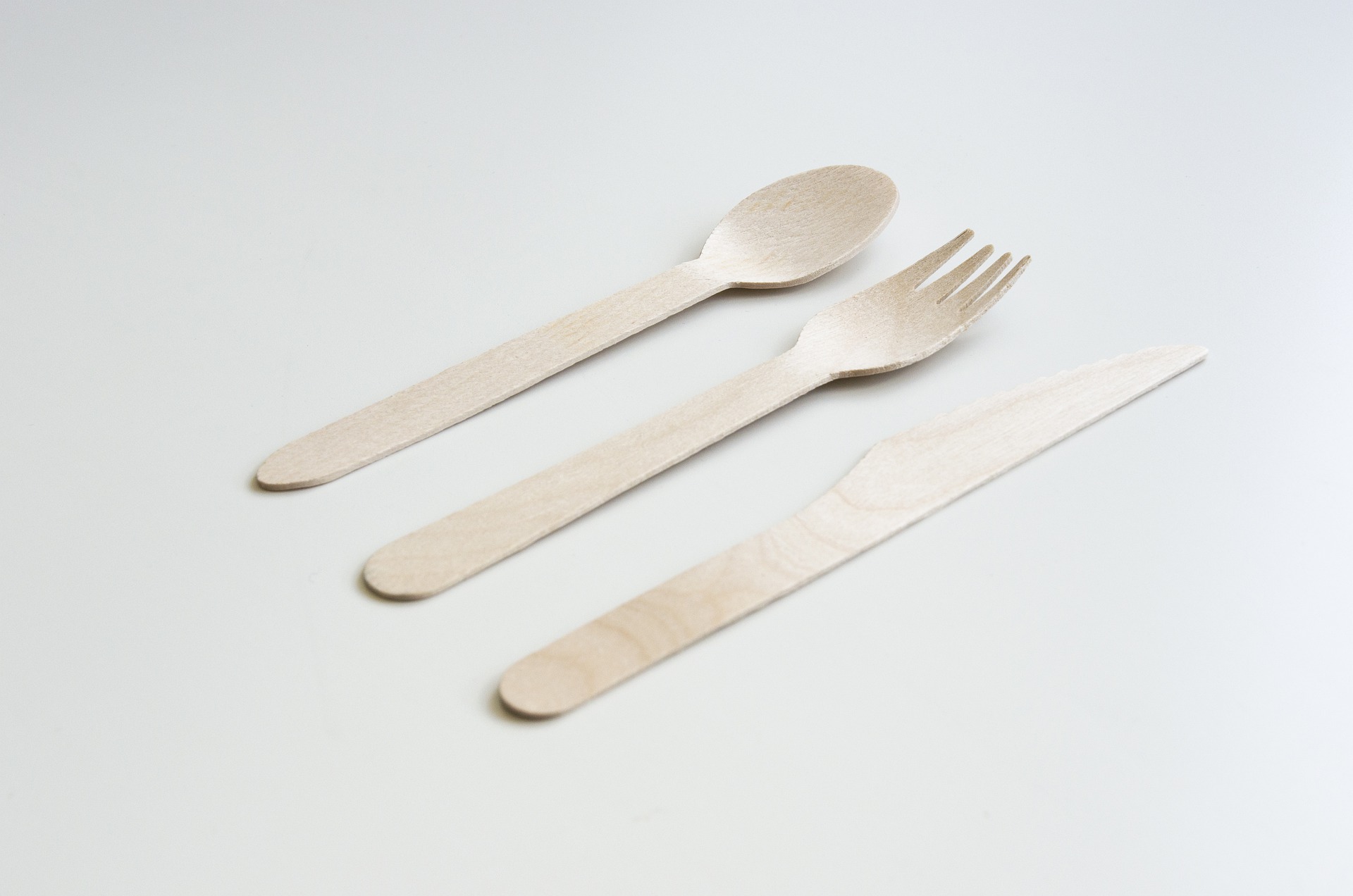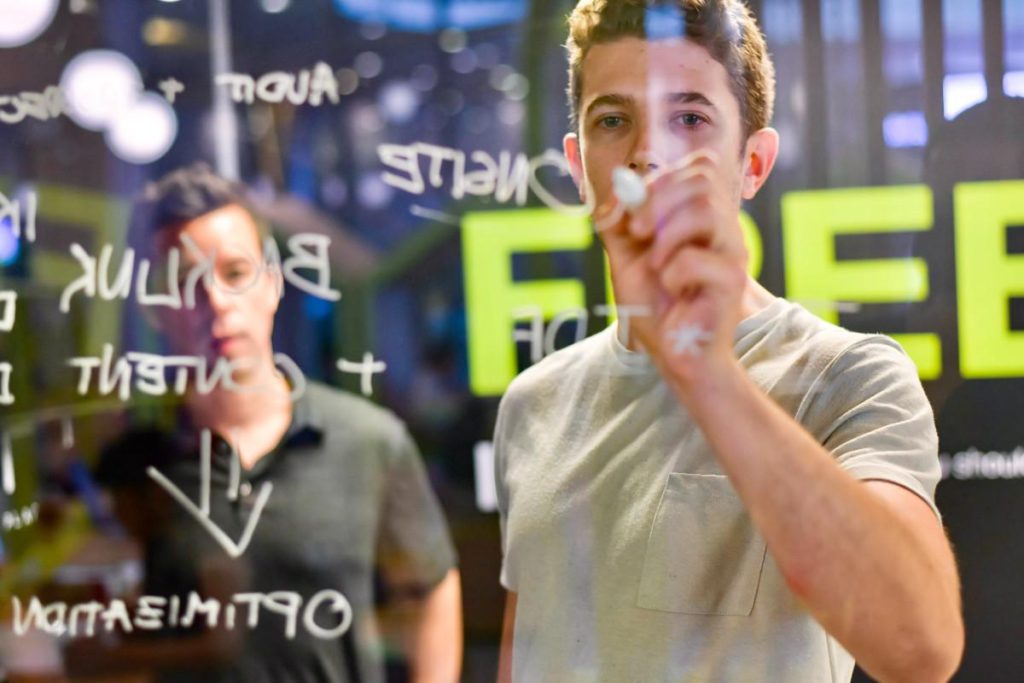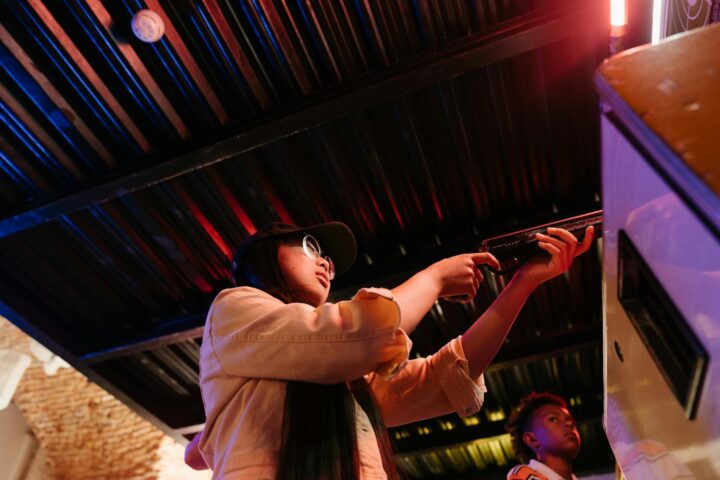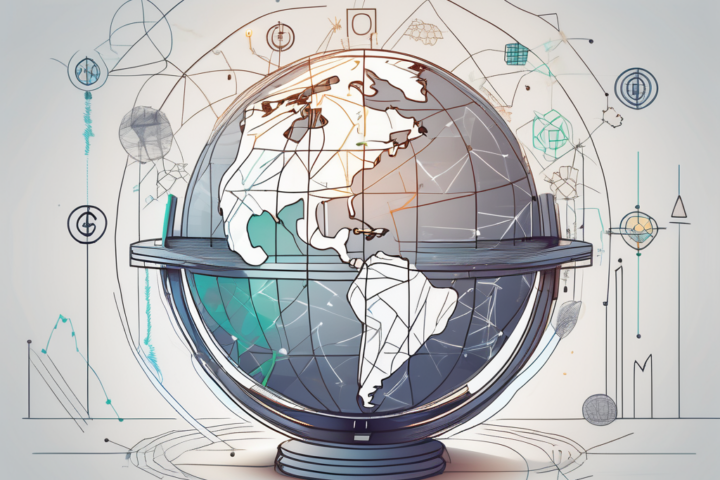In 1907, “Synthetic Plastic” an invention by Leo Baekeland in the city of New York, changed the world and people’s way of living. He believed plastic could be mass-produced to make appliances affordable for common people. Of course, now there are many environmental implications of using plastic. Now, the world is reconsidering plastic’s usefulness and is coming up with different ways to reduce or reuse or recycle the amount of plastic.
Here are 7 inventions that replace the use of plastic in our daily lives.
Biodegradable bags
There are bags that can be decomposed by bacteria and other living organisms. These are called biodegradable bags. These are more environmentally friendly and break down into harmless material faster than regular plastic bags. Some plastic bags can be made “oxo-biodegradable“. This can be achieved by using a regular plastic polymer such as polythene or polypropylene. This causes the polymer to break down and subsequently biodegrade due to oxidation. Although in-plant junk may often be recovered, separating and recycling post-consumer waste is more complex. Recycling other, more prevalent polymers will be contaminated by bio-based polymers.
Silicone bags
Silicone is a long-lasting material that is also less harmful to the environment than plastic. It lasts longer and is more resistant to cold and heat than normal plastics. When silicone is burned, it decomposes into its natural components: carbon dioxide, amorphous silica, and water vapour. Consider how much waste you could save if you didn’t have to toss away plastic bags. These storage bags are made of 100% pure platinum silicone and are fully functional, self-sealing, and, most importantly, non-plastic. They are both leakproof and airtight.
Beeswax food wraps
Beeswax food wraps are a more food-safe, environmentally friendly, and sustainable alternative to plastic. The primary function of a beeswax wrap is to keep food fresh. It is breathable, allowing food to last longer and minimizing food waste. It can be washed and air-dried after every use. However, after a year, beeswax wrap usually loses its grip. Still, the wrap can be composted after it loses its grip. You can even make these food wraps at home. Fabric, beeswax beads, parchment paper, and a baking sheet is all you’ll need.
Edible cutlery
Cutlery is another popular plastic product that you no longer need to worry about because you can consume the alternative. Sorghum, rice, and wheat flour are used to make Bakey’s spoons, forks, and even chopsticks. They’re baked in moulds, and flavours are sometimes added as well. Edible cutlery can be made at home or by companies in bulks, and it can be made with a variety of foods.
Edible water bottle
Consuming the product’s packaging does not appear to be intuitive at first glance. However, it is possible. After all, edible water bottles are made of plant-based ingredients. Seaweed extract is used to make Ooho. Unless you eat it, the material dissolves in a natural setting in six weeks on average, compared to 450 years for plastic bottles. Several companies are currently exploring or creating edible food packaging. Eucheuma cottonii, a type of seaweed, is one example of it.
Bamboo toothbrushes
When you realize that a toothbrush should be replaced every three to four months, it’s depressing to know how much plastic waste toothbrushes alone contribute to landfills. The biggest benefit of bamboo toothbrushes is that they reduce a lot of unnecessary waste, providing us with the same cleaning as a normal plastic brush. Reusing, recycling, or composting your toothbrush packaging and discarding has never been easier. Bamboo or compostable castor bean nylon is used for all components, including the box and packaging.
Steel and bamboo straws
Unfortunately, plastic straws are prevalent all over the world. Approximately 8.3 billion plastic straws have washed up on beaches around the world. What’s more, many of them end up in the digestive systems of marine creatures. These things have become such a major issue that an increasing number of countries and towns are outlawing or regulating their use. Disposable plastic straws could be replaced with reusable metal or bamboo straws.
Bamboo, which is the main food source of the Panda, has seen significant growth in its use across the globe. It is made use for many inventions around the world, such as building material in many Asian countries, as well as green alternatives to traditional plastics in many western countries like the UK. Surprisingly, some of the largest bamboo can actually be grown locally in the UK. Nowadays, Bamboo is no longer just food for pandas, however that doesn’t mean you can’t still enjoy a panda themed Platincasino online slots uk.
Conclusion
In a landfill, different types of plastic take between 500 and 1,000 years to degrade. Approximately 91% of it is not recycled. This means that most plastic products have ended up in landfills and is still intact. Toxic pollutants released by plastic pollution affect humans, animals, and plants. Plastic takes hundreds, of years to degrade, therefore the environmental impact is long-lasting. It has an impact on everyone in the food chain. It is now solely within our power to save the environment by being more conscious and using less plastic each year. Hopefully, this will result in the well-being of our mother Earth.









